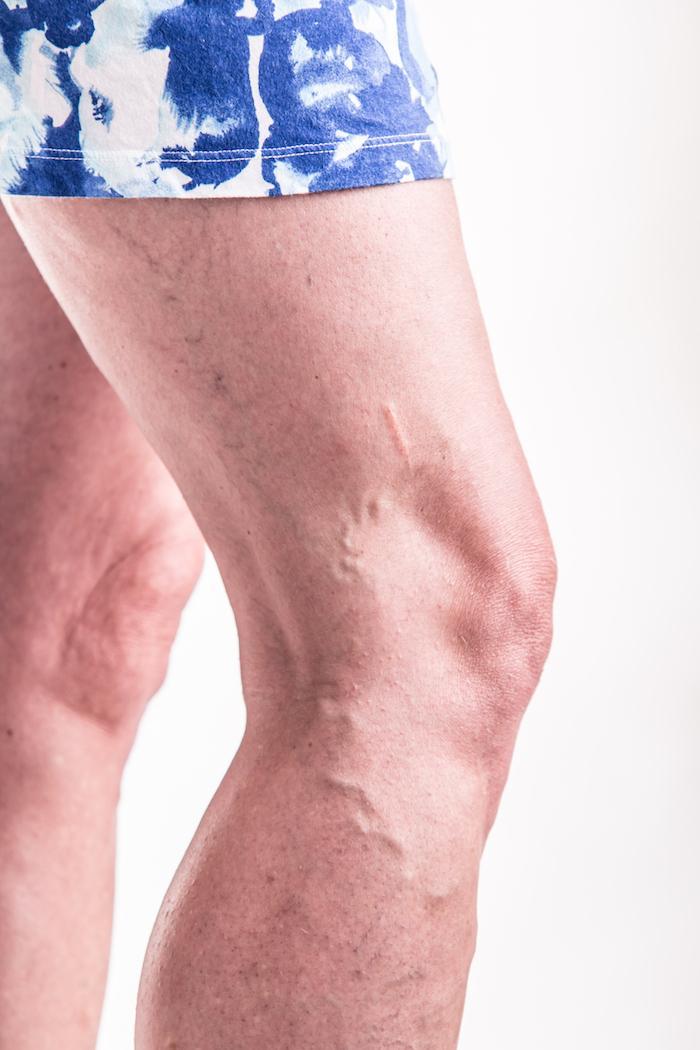If you have chronic venous disease, you’re probably wondering what, exactly, that means, as well as what you can do about it and what you should expect. First, you should know that there are effective treatments that can help you feel better!
Chronic venous disease is a name for a group of conditions, all of which are related to veins that are diseased, damaged, or otherwise abnormal. If you’ve been told you have chronic venous disease you may have one or more of the following problems:
- Varicose veins
- Spider veins
- Swelling in your legs or feet
- Changes to the skin on your legs and feet
- Ulcers
- Phlebitis
- Chronic venous insufficiency
Causes of chronic venous disease
Your veins carry oxygen-poor blood back to your heart and lungs, where it’s reoxygenated.
Your veins aren’t simply hollow tubes that your blood flows through. Instead, they have valves that keep your blood flowing in the right direction. For example, the veins in your legs carry blood back up to your heart, and the valves prevent it from flowing back down to your feet.
In several of the conditions known collectively as chronic venous disease, those valves malfunction or are damaged. For example, if you have chronic venous insufficiency, the blood pools in your lower legs, ankles, and feet, resulting in swelling.
Other issues, such as varicose veins and spider veins, result from the pressure of your blood on weakened blood vessel walls. If you have varicose veins, your veins are dilated, twisted, and thickened. They may look like spider veins or more like grapes clustered under your skin.
Symptoms of chronic venous disease
Chronic venous disease can be uncomfortable. Symptoms may include:
- Pain or aching in your legs
- Heavy-feeling legs
- Easily tired legs
- Pain in your calf when walking
- Numbness or tingling
- Changes in the color of your skin
- Itching or rash on your legs
In more severe cases, you may develop ulcers or open sores that won’t heal. Usually, these ulcers appear on the inner leg, just above your ankle.
Treatments for chronic venous disease
The most appropriate treatment depends on your exact issue. For some conditions that fall under the umbrella of chronic venous disease, treatments are fairly straightforward and noninvasive.
You may need to do certain exercises to help your blood flow, elevate your feet several times per day, or wear compression stockings. Dr. Shah may suggest you begin walking or lose weight.
In some cases, sclerotherapy, which uses injections to close a malfunctioning vein so that your blood can flow through a healthier vein, is the best option for treatment. Another potential treatment is laser surgery to destroy spider veins.
For larger varicose veins, Dr. Shah may suggest surgical vein stripping to remove the veins. In some rarer instances, a stent may be necessary.
Chronic venous disease isn’t life-threatening, but it can lead to deep vein thrombosis — a blood clot in a vein deep in your leg — or pulmonary embolism, which is a blood clot in your lung. Both of those conditions are more dangerous.
Additionally, chronic venous disease can cause ulcers, which increase your risk of infection, or ongoing irritation and pain in your legs.
The most appropriate treatment for chronic venous disease depends on a host of factors. If you’d like to learn more about what your specific options may be, book an appointment at Prime Heart and Vascular by phone or online. Our staff is happy to evaluate your individual situation and suggest a treatment plan designed for you.



